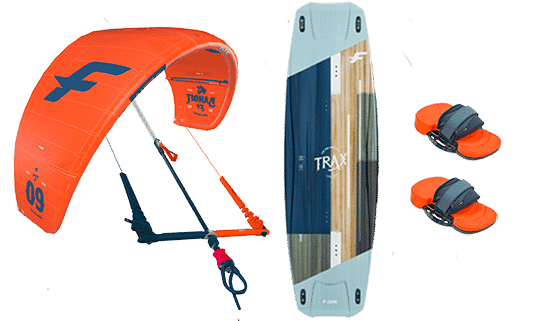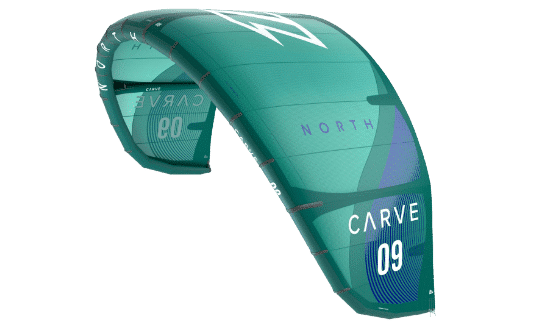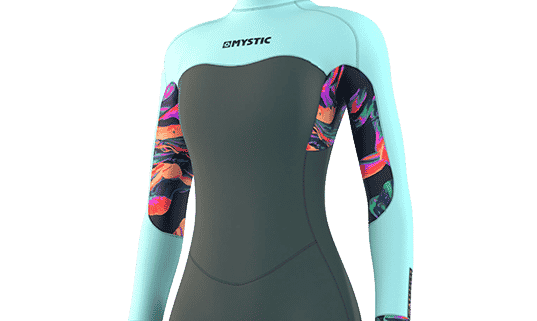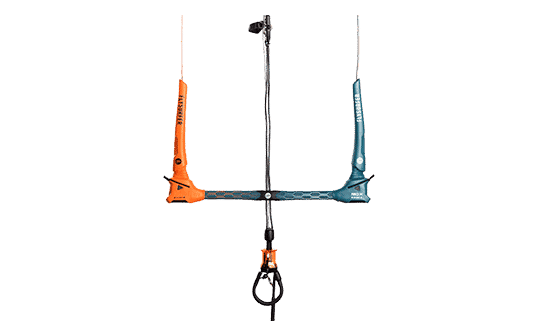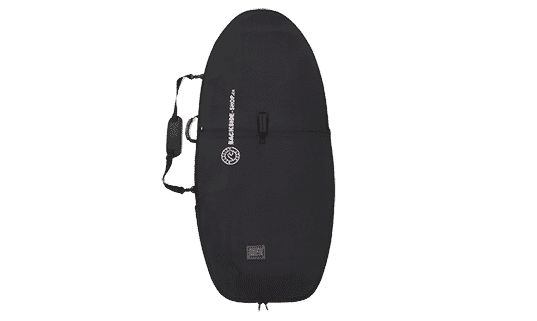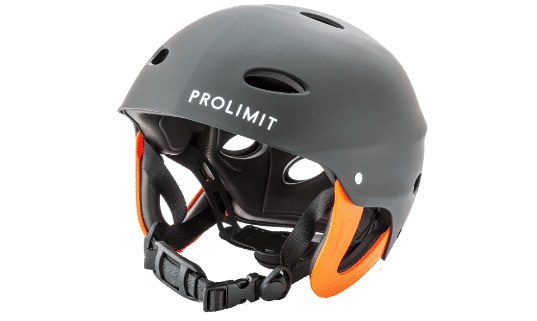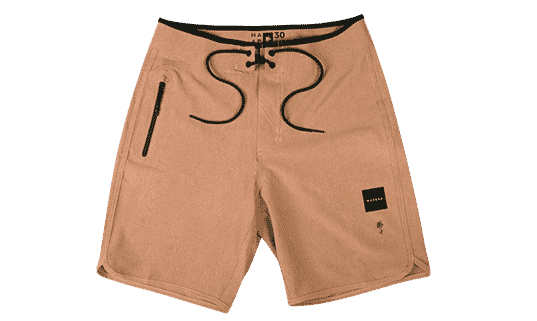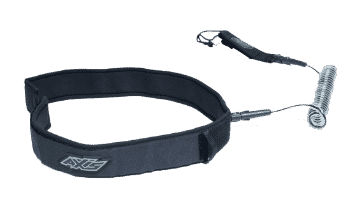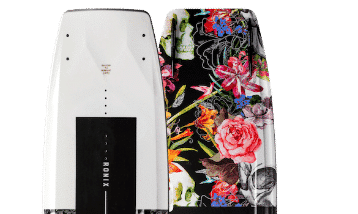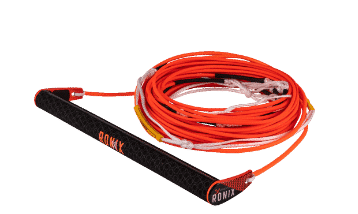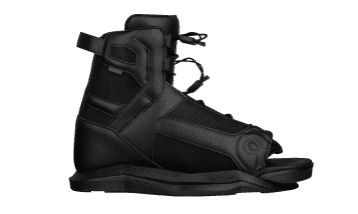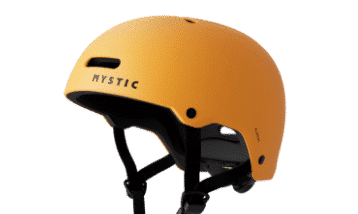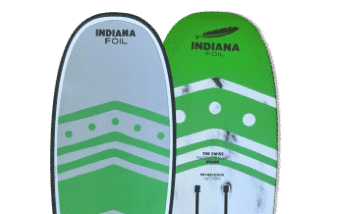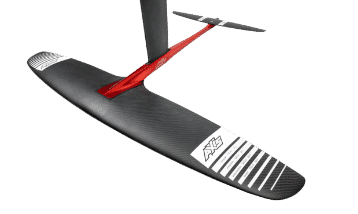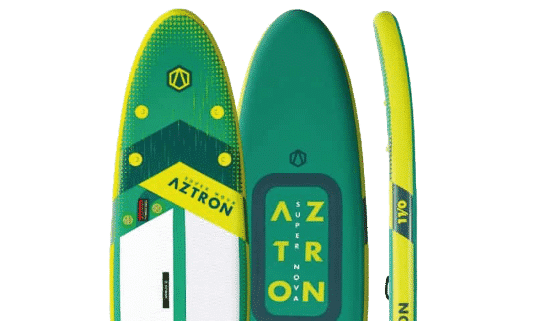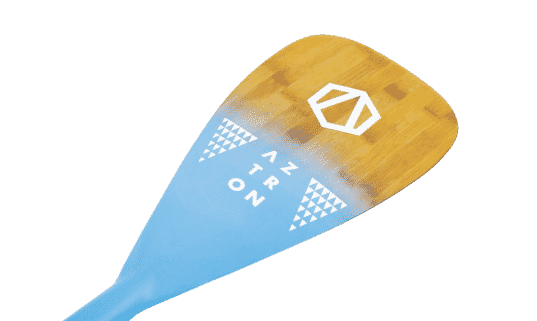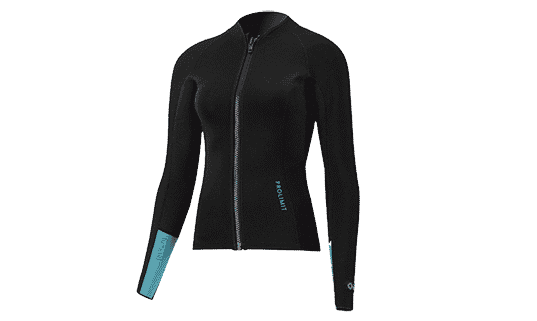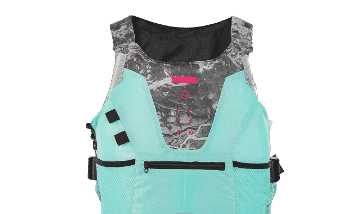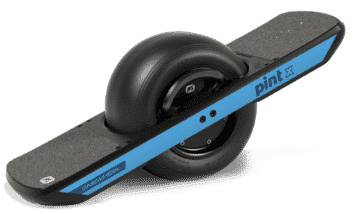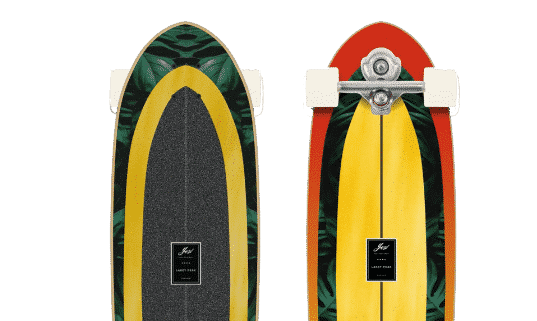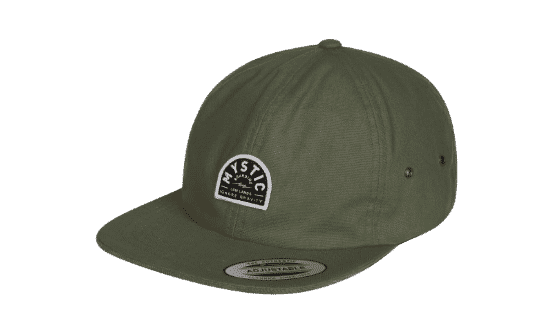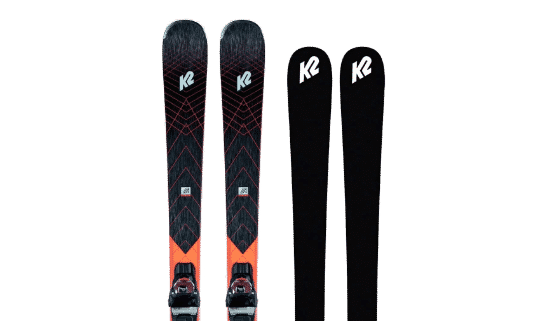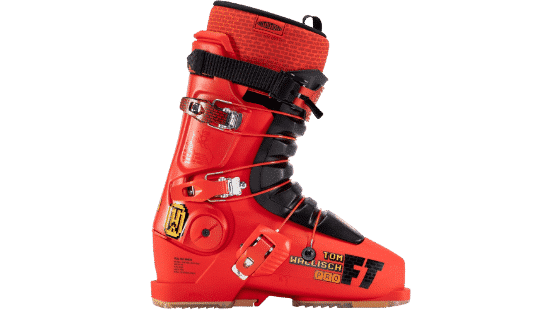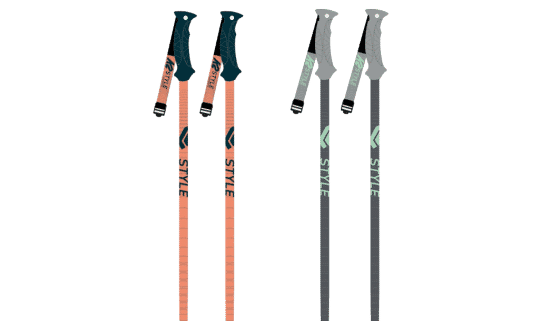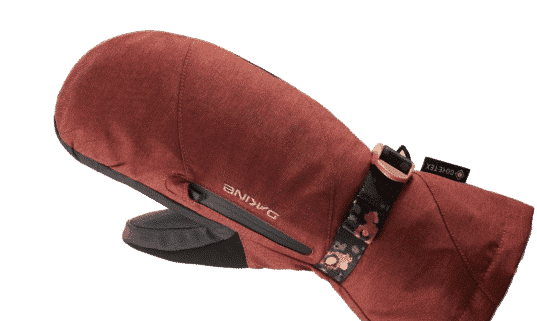How to choose a kitesurfing harness?
The harness is an essential part of the kiteboarder's equipment. All the power of the kite is concentrated in this accessory which must be perfectly adapted to your size. Take the time to try and compare the different models which come in two main categories: pants harness and belt harness.
Generally speaking, there are three elements to selecting a kiteboarding harness:- the style of sailing (freestyle, freeride or race),
- comfort
- maintenance.

Kiteboarding harnesses: three types of hardness
The various brands currently offer three types of hardness on the market: soft, medium and hard shell . The soft harness offers great comfort to people who can compensate for the lack of rigidity of the harness with their musculature. In contrast, the hard shell is equipped with a placed outside The rear shell ensures that the harness does not compress on the ribs and that there are many points of support around the pelvis. The rear shell ensures that the harness does not compress on the ribs and multiplies the support points all around the pelvis. It n'is not always very comfortable, and finally It is also the most expensive type of harness. Finally, the medium hardness is suitable for most people The internal or external structure consists of a more or less rigid plastic element (frame). This concept is not new but has proven itself and is suitable for all. Just make sure that the buckle is wide enough in relation to the width of your pelvis, so that the harness does not deform during your kiteboarding sessions. Take a look at our latest offers for beginner kitesurfing harnessesKiteboarding harnesses
Often recommended for beginners who tend to keep their kite high at the zenith, the breeches harness has the advantage of not going up under the arms thanks to wide straps that pass between the legs (the subcutals). Its sitting position also reduces back pain. It encompasses the entire pelvis, thus increasing the contact points and offering low rigidity. With its low centre of gravity, it is ideal for long distance, speed and foil kiteboarders and is recommended for smaller people. They have a larger choke/border and can therefore more easily cut the power of the wing, as the harness does not go up. There are also models with a very slim waist and a specially designed back arch for women. Visit the kitesurfing harnesspageThe belt or back harness
 The waist or back harness offers a lot of freedom of movement, as it does not have straps that go between the legs. It is worn higher than the Hygiene Harness and must be perfectly adapted to the user so that it does not go up under the arms.
It generates a great deal of tension in the abdominal muscles and is not recommended for beginners or for people who do not have sufficient muscles.
This type of harness is ideal for wave sailing or freestyle. Thanks to the evolution of materials, belt harnesses have less and less tendency to go up under the arms and guarantee a low centre of gravity.
There is also a range of harnesses designed for the specific needs of women.
See the kitesurfing belt harness page.
The waist or back harness offers a lot of freedom of movement, as it does not have straps that go between the legs. It is worn higher than the Hygiene Harness and must be perfectly adapted to the user so that it does not go up under the arms.
It generates a great deal of tension in the abdominal muscles and is not recommended for beginners or for people who do not have sufficient muscles.
This type of harness is ideal for wave sailing or freestyle. Thanks to the evolution of materials, belt harnesses have less and less tendency to go up under the arms and guarantee a low centre of gravity.
There is also a range of harnesses designed for the specific needs of women.
See the kitesurfing belt harness page.
How to choose your size and for which practice?
You should measure your waist size and refer to the manufacturers' size charts to choose a harness that fits you. It must be well adjusted or tight so that it does not go up under the arms (for a belt type harness) or that the straps do not hurt you (valid for a panty type harness). Whether you wear a suit or not has very little influence on the choice of the right harness size. In most cases, wetsuits are very thin, between 2mm and 5mm thick.How to choose your harness?
- If you are more of a freestyle rider, you should choose a light and flexible harness that offers a lot of freedom of movement. Typically a waist harness offers the possibility to dehook (unhook and hang up) more easily for certain tricks.
- Freeriders and occasional riders will choose harder or medium harnesses or medium in most cases in order to promote comfort of use.
- Finally, in terms of safety, all harnesses are equipped with various locking or adjustment systems. Some have a quick-release system while others offer a simplified strap system. If the essential line cutter is not supplied with the harness, you can always buy one separately.
